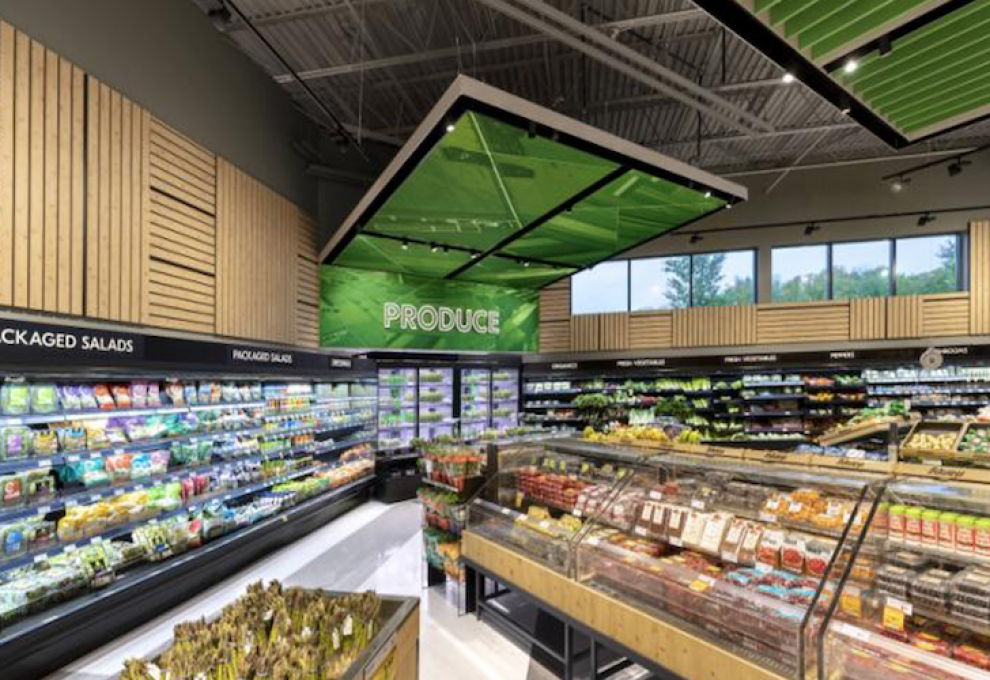
When the calendar shifts to a new year there is no magic switch to change things in our industry, but it is a good time to pause and focus your energies where they need to be in the upcoming year. We have been challenged by the pandemic for part of 2020 and all of 2021. As we learn to live with this global event, its impacts are influencing our trends for 2022.
Cost of goods.There is a lot of pressure on input costs, labour efficiencies, ingredient costs, logistics and it all adds up. There has also been a lot of noise in the media about food inflation. This is both positive and negative. It is positive in that the entire value chain, right through to the consumer understands there are increases. Conversations about cost increases will not be a surprise and people should be expecting them. It is negative because some retailers will assume suppliers are trying to take advantage of the situation.
Producers and processors must think about how they manage these perceptions and position their customers to get the right price for their product. Share information as early as you can and educate your customers. Be fair and realistic. Retailers also respect suppliers who push back on their own input suppliers. If you can decrease the cost increase on cardboard from 15-12 per cent, tell the retailer you were able to do that.
Service level. Retailers and suppliers in the food industry need to drive sales. Inventory is required at the right time, in the right place to deliver sales. Many producers and processors are challenged with this right now. It is also an opportunity to differentiate from competition.
There are a lot of areas to focus on when delivering service level. You should start with forecasting sales, have the inputs and capability to produce and deliver. Discuss sales forecasts with customers and agree on a number you are able to produce. Report back on the results because they might miss your 95 per cent service level which is an accomplishment in this environment.
Supply of inputs. There are many challenges to getting everything required to produce products. Supply chains are challenged and they will continue to be in the near future. Producers that have ample supply of all inputs could be at an advantage over other suppliers.
Producers should review everything from inputs to packaging to equipment parts to ensure they are ready for the season.
E-commerce. We know a lot of volume has shifted to e-commerce. More producers and processors are selling direct to consumers. Retailers have invested in online shopping and even delivery. Any business that has devoted resources to e-commerce in the last two years will be looking for a return. Consumers are much more familiar with buying food online.
Producers and processors need to consider three segments of e-commerce: selling direct to consumers, an online marketplace such as Amazon and retailers’ websites. E-commerce should be a consideration. One, all or none of these options might be right for your business. Remember if you decide to ignore the e-commerce options, your competition might be there and satisfying the needs of your consumers.
Buy local. The demand for ‘local’ food has been influenced by the pandemic. When consumers went into grocery stores in March 2020 and found empty shelves it was a shock. In Canada, people just expected there would always be food to buy. This forced people to think about food and they want to know more about where it comes from. Retailers also want more ‘local’ to satisfy consumer demand and because the service level can be better.
This is an opportunity because consumers and customers both want it. This does not happen often. Producers and processors should tell their story better than ever and find opportunities to expand their distribution while there is demand.
Creating demand. There is a lot of competition out there. Producers and processors need to create demand for their products. Food service will gain momentum and retail will be under pressure to deliver same-store sales growth.
Social media, public relations and mass media can all be used to create demand for your products. You cannot just produce great products and hope they sell. Suppliers need to figure out how to support trade spend and marketing spend.
Efficiencies. Since COVID, we all operate in a very different market. Labour is a challenge and many businesses are looking for efficiencies. Some large consumer packaged goods companies are even producing fewer SKUs because it is all that they are able to accomplish. Retailers are also exploring fewer SKUs to deliver the same sales.
Efficiencies and doing business differently could present opportunities for suppliers.
Sustainability. Despite the challenges of the pandemic, concerns about the environment are still important to consumers and customers. Impact on the environment, packaging and food waste are three areas for businesses to focus on.
Products designed for segments of the market. Products designed for consumers who want plant-based protein, gluten-free, lactose-free, upcycled products, sustainable packaging are more popular than ever. Consumers want to see products that meet their needs.
Suppliers need to prove it with certifications or declarations on packaging.
Relationships with customers. Suppliers need to adapt to the new working world. Retailers are still working remotely and virtual presentations are common. Trade shows and other opportunities for interaction with customers have all changed.
Suppliers need to figure out how to interact in this new world. Talk to customers to understand how they want to work together and interact. There are advantages to the new working world.

Add new comment